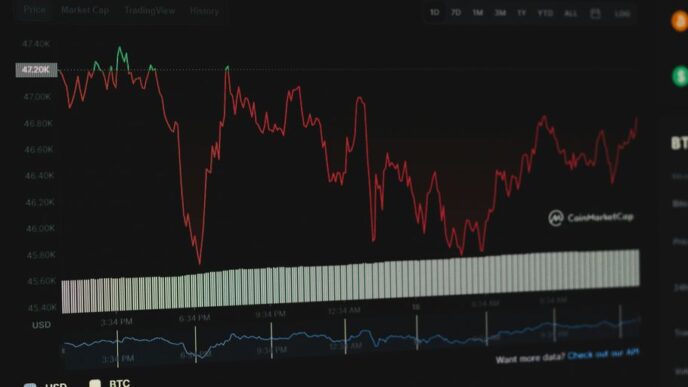A significant meeting took place at the White House on February 14, 2025, where top blockchain projects gathered to discuss the pressing need for clearer regulations in the cryptocurrency sector. This event marks a pivotal moment in the ongoing dialogue between the crypto industry and government regulators, aiming to foster a more conducive environment for innovation and investment.
Key Takeaways
- Leading blockchain protocols, including Ripple and Aptos, emphasized the need for simplified tax codes and clearer legislation.
- Bo Hines, Executive Director of Donald Trump’s Crypto Council, expressed openness to industry concerns.
- The meeting aligns with President Trump’s executive order to form a crypto working group tasked with overhauling digital asset policies.
Blockchain Projects Voice Concerns
During the meeting, representatives from various blockchain projects, such as Ripple, Chia, Near, and Filecoin, articulated their frustrations regarding the current regulatory landscape. They highlighted the complexities of the existing tax code, which they believe hinders both businesses and individual investors from engaging with cryptocurrencies effectively.
The blockchain leaders called for:
- Simplification of the Tax Framework: A more straightforward tax code would facilitate easier buying and selling of tokens.
- Shift in Regulatory Burden: They proposed that the regulatory responsibilities be transferred from developers to exchanges, where the trading of cryptocurrencies predominantly occurs.
- Clear Guidelines: A demand for a streamlined set of regulations that can adapt to the rapidly evolving digital asset landscape was also made.
The Role of Trump’s Crypto Working Group
This meeting is part of a broader initiative following President Trump’s executive order to establish a crypto working group under the National Economic Council. Led by David Sacks, the newly appointed AI and crypto czar, this group is tasked with reviewing existing regulations and proposing necessary changes.
The timeline for this initiative is tight, with the group given:
- 30 Days: To identify all regulations, orders, and guidance affecting the crypto industry.
- 60 Days: To recommend repeals, modifications, or the creation of new rules.
- 6 Months: To draft comprehensive regulations governing the issuance and operation of digital assets, including stablecoins.
The Intersection of Privacy and Regulation
In a related development, the crypto privacy software Railgun recently made headlines by refusing to process funds linked to a $9.5 million hack. This incident underscores the ongoing tension between privacy in cryptocurrency transactions and the need for regulatory oversight.
Railgun’s co-founder, Alan Scott, stated that the protocol is designed to prevent the movement of ill-gotten gains, showcasing a commitment to ethical practices within the crypto space. This incident highlights the dual challenge of ensuring user privacy while also protecting the ecosystem from criminal activities.
Conclusion
The meeting at the White House signifies a crucial step towards establishing a more favorable regulatory framework for the cryptocurrency industry. As blockchain leaders continue to advocate for clearer guidelines, the collaboration between the government and the crypto sector may pave the way for a more robust and secure digital economy. The outcomes of these discussions will be closely watched as they could shape the future of cryptocurrency regulation in the United States.














